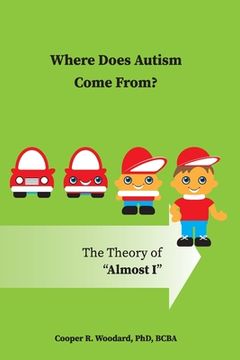Reseña del libro "Where Does Autism Come From? The Theory of "Almost I" (en Inglés)"
The main purpose of this book is to demonstrate and explain a single, core concept: that autism is the result of an altered early trajectory of the development of an essential feature of mature, human thinking: the ability to think "about," imagine in the broadest sense of the word, symbolize, or "meta-represent." Autism is an unusual diagnosis that is difficult to comprehend, and it emerges early in life, varies in presentation and also across the lifespan, and has a spectrum of severity. This book begins with a discussion of the basic symptoms and many additional symptoms not typically included in a diagnosis of autism. These associated symptoms provide some essential clues to understanding autism, and the author introduces the concept of how autism could be better understood as an absence of the ability to "think about." Next, the author discusses how genetics only explain about 8% of autism cases, and the core components of current treatment interventions that have been shown to be effective. The ideas all provide clues and support for the theory put forth in this book. The next section begins a more in depth discussion of what this "thinking about" ability is, and what developmental psychologists have determined as its source. Again, autism can be understood as the absence of this ability. The ability to "think about" comes from successful early identification with other people, so we discuss identification at length, and introduce the idea that instead of identifying with a person, a toddler could identify with an inanimate object. The spectrum of autism results from varying degrees of person identification, on a continuum of inanimate objects to people. The author discusses his own research, and an intervention method supported by research that is based on these ideas.

